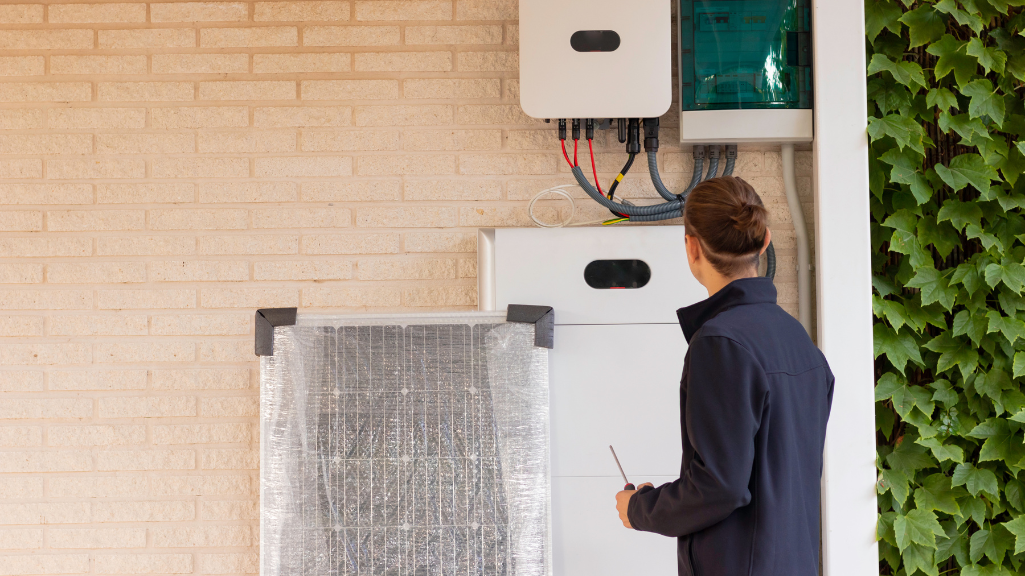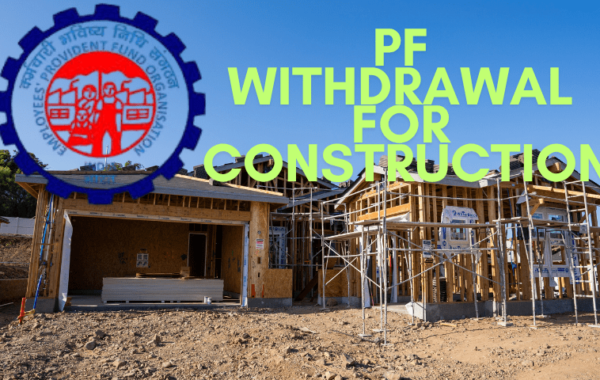
Top Examples of Kinetic Facades Architecture Around the World
Facade design is the art and science of crafting the exterior face of a building. It plays a vital role in defining a structure’s aesthetic appeal, functionality, and sustainability. The facade is the most visible and impactful part of a building, making it a key element in architectural design. It serves as both a protective barrier and an artistic expression, blending form and function seamlessly.
Traditionally, facades have been static, serving as a fixed shell around a structure. However, advancements in technology and a growing emphasis on sustainability have led to the development of kinetic facades. These dynamic systems allow buildings to interact with their environment, setting a new standard in architectural innovation.
What is a Kinetic Facade?
A kinetic facade is a dynamic building envelope designed to move or change configuration in response to environmental conditions or user needs. Unlike conventional static facades, kinetic facades incorporate motion, offering a blend of aesthetics, sustainability, and functionality. They are often equipped with advanced materials, sensors, and mechanical systems to enhance their performance.
Kinetic facades can adapt to various factors, such as sunlight, wind, and temperature, to optimize energy efficiency and indoor comfort. They also contribute to the visual appeal of a building by creating dynamic and ever-changing patterns, making them a popular choice for modern architectural projects.
Types of Kinetic Facades
- Panels fold inward or outward to regulate light and airflow. This type of facade is often used in buildings where flexible shading and ventilation are priorities.
- Movable sections slide across the facade to adjust shading or create patterns. Sliding panels are commonly seen in residential and commercial buildings.
- Horizontal or vertical slats rotate to control sunlight penetration. These are ideal for reducing glare and managing interior temperatures.
- Facade elements expand or contract to adapt to climatic conditions. These are typically used in innovative and experimental architectural designs.
- Utilize sensors to adjust opacity, shading, or texture dynamically. These screens can create striking visual effects while enhancing energy efficiency.
Kinetic Facade Mechanisms
Kinetic facades operate through various mechanisms, each designed to suit the building’s specific requirements. Below are the most common types:
Manual Systems
- These are operated by occupants, such as manually adjustable louvers. They offer simplicity but require user intervention.
Motorized Mechanisms
- Use electric motors to enable precise and automated movements. Motorized systems are popular for their convenience and reliability.


Sensor-Driven Operations
- Incorporate sensors that respond to light, temperature, or wind conditions. For instance, sensors can adjust louvers automatically to reduce heat gain during peak sunlight hours.
Smart Technologies
- Leverage AI and IoT for real-time adjustments and optimized performance. Smart systems can predict environmental changes and adjust accordingly.
Benefits of Kinetic Facades
- By regulating light and ventilation, kinetic facades reduce reliance on artificial lighting and HVAC systems, leading to significant energy savings.
- Kinetic facades contribute to a building’s environmental performance by minimizing energy consumption and supporting sustainable design principles.
- The dynamic nature of kinetic facades adds a unique visual element to buildings, making them architectural landmarks.
- They enhance indoor conditions by controlling factors such as glare, temperature, and airflow, creating a more comfortable living or working environment.
- Kinetic facades can adapt to various weather conditions and user needs, offering unparalleled flexibility.
Examples of Kinetic Facades
1.Al Bahr Towers, Abu Dhabi
Features a responsive mashrabiya screen system that opens and closes based on sunlight intensity. This innovative design reduces heat gain and enhances energy efficiency.
2.Media-TIC Building, Barcelona
Employs inflatable ETFE cushions that regulate light and temperature, showcasing the potential of lightweight materials in facade design.

3.One Ocean Pavilion, South Korea
One-Ocean – Uses undulating metal panels that mimic the motion of ocean waves, creating a stunning visual effect while optimizing shading.
4.The Eskenazi Hospital, USA
Incorporates vertical kinetic fins that adjust to optimize shading and views, enhancing both functionality and aesthetics.
Kinetic Architecture in Modern Design
- Explore a wide range of configurations and materials used in kinetic facades to spark creativity and innovation.
- Access detailed technical drawings to understand the mechanics and structure of kinetic facades. These files are invaluable for architects and engineers.
Ensure proper integration of kinetic systems during the design phase. Collaborate with experts to optimize performance and minimize maintenance challenges.
Conclusion
Kinetic facades embody the perfect blend of artistry, engineering, and sustainability. They redefine the potential of facade design, transforming buildings into dynamic, interactive spaces. With benefits ranging from energy efficiency to aesthetic innovation, kinetic facades are a testament to the possibilities of modern architecture. As the demand for sustainable and adaptable design continues to grow, kinetic facades are set to play a pivotal role in shaping the future of the built environment.
Interested in integrating cutting-edge kinetic facades into your building design? Cibi+Simeon Designs, The Best Architecture Company in Chennai. We specializes in innovative facade solutions tailored to your project’s unique needs. Reach us now and let us bring your architectural concept to life!


